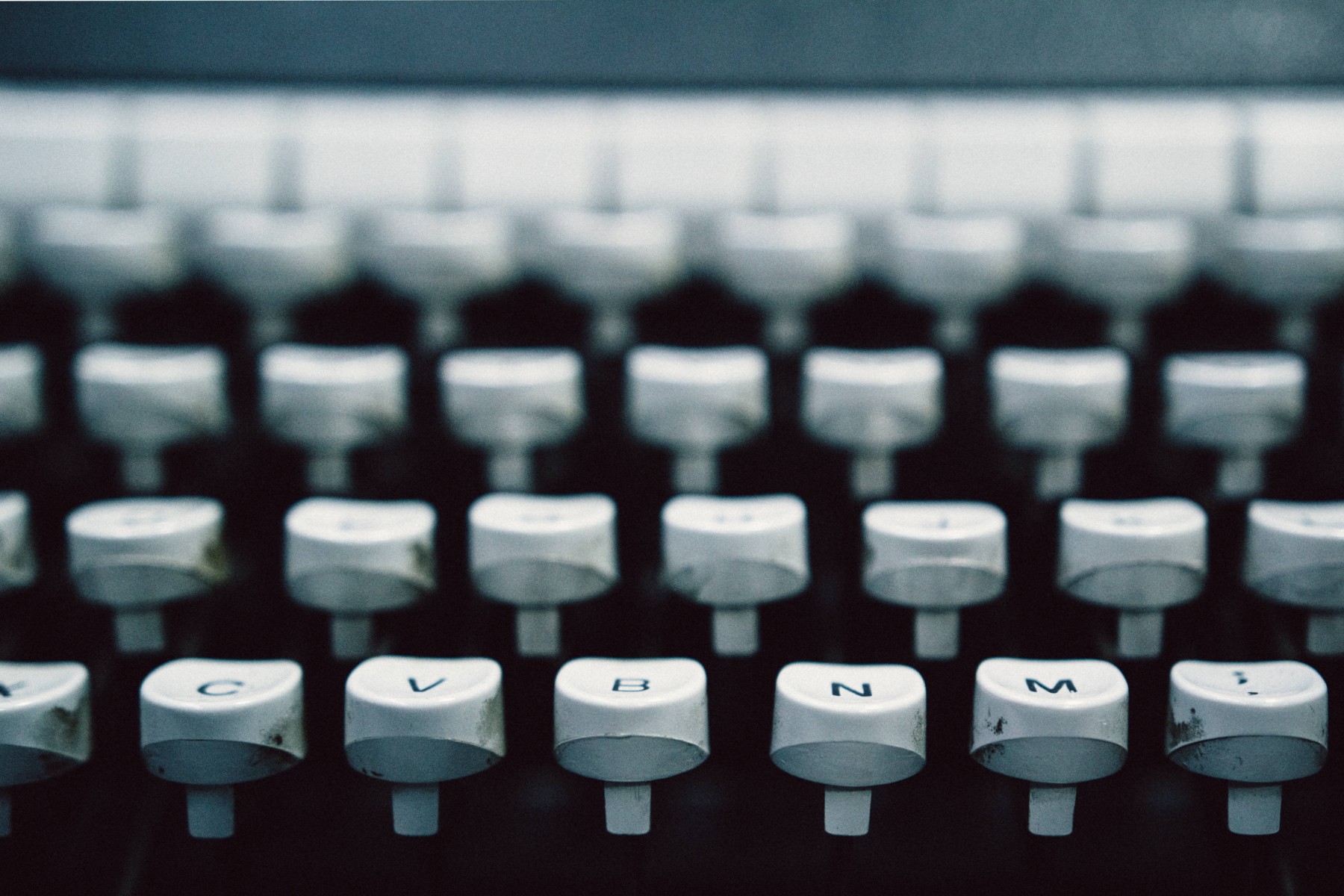7 tips for editing and proofreading text
If you are looking for a job as a freelance writer for personal enjoyment or to make money, then these 7 tips for editing and proofreading may be helpful because freelance editor jobs nowadays are very popular. You will understand that this is not just a search and correction of spelling errors. At first, editing may seem like a tough task for you. After a while, you will come up with your own unique methods for quickly finding and correcting errors.
Print a copy
If you have a printer, it is better to print a copy of the work you are correcting and/or editing. You can miss a lot of mistakes by reading something from a computer screen. It is much more convenient to read what is at a level at which you do not have to strain your neck muscles.
You can follow the text with a finger or a pencil. It will help you to really highlight even the smallest errors or make the necessary changes.
Start by checking the spelling
A computer can help you do some of the work for you. Most applications, such as Microsoft Word, have spell checkers that will find many spelling and grammatical errors. However, carefully read the options proposed by the program, as sometimes the computer may be mistaken.
Use the “Find and Replace” function
There are some words in which I almost always make mistakes. When I notice that I made several identical mistakes in the text, I use the search and replace function. This helps to save a lot of time that I would spend on finding each error. I, as a rule, first find errors in a printed copy, select them with a marker, and then decide whether to use the search and replace function. Sometimes it happens that I find only two words that are spelt incorrectly. For example, sometimes I encounter errors in the use of certain homonyms. Highlighting the text gives me the opportunity to see if I use the wrong words several times or is it already paranoia?
Double line spacing
If you will have enough space between each row, you will feel more comfortable doing the tagging and correct mistakes. Make sure you don’t mix strings together. Sometimes I have to re-read the same sentence several times, because it seems that information is blurred and merges into one wrong sentence, when in fact these are two completely correct sentences.
Check up appropriate use of auxiliary words
Sometimes people say wrong, but this is not noticed until they see it in writing. In a written speech auxiliary words sometimes can be replaced. Another word to pay attention to is “what”. This word is abused quite often. It is best to reread the sentence in which there is the word “what” and see if it makes sense to keep it. It is often used as a filler and does not have to be used.
Give a copy to someone to read
I think it is much easier to criticize someone else’s work than your own. For some reason, it seems that you read someone else’s work more carefully than yours. I sometimes find random mistakes when I read a book, an ad in a newspaper, or an article in a magazine. Many mistakes which I find, seem obvious to me, but I am assured, that the person who edited and corrected this material, was engaged in it all through the day.
Make sure the photos fit the text.
I usually look through photos, graphs and other tables or diagrams before and after I correct something. It is easier for me to start the process of editing and correction with photos because I receive the review of the article before consideration of the full-scale document. I like finishing the editing process in the same way, because I often encounter errors and for the second time.
I hope these 7 tips on editing and proofreading are useful. Especially, it will be useful for those who run their blog. Maybe you know someone to whom they can be helpful. Do you have certain tips that people can use? Please share them!


